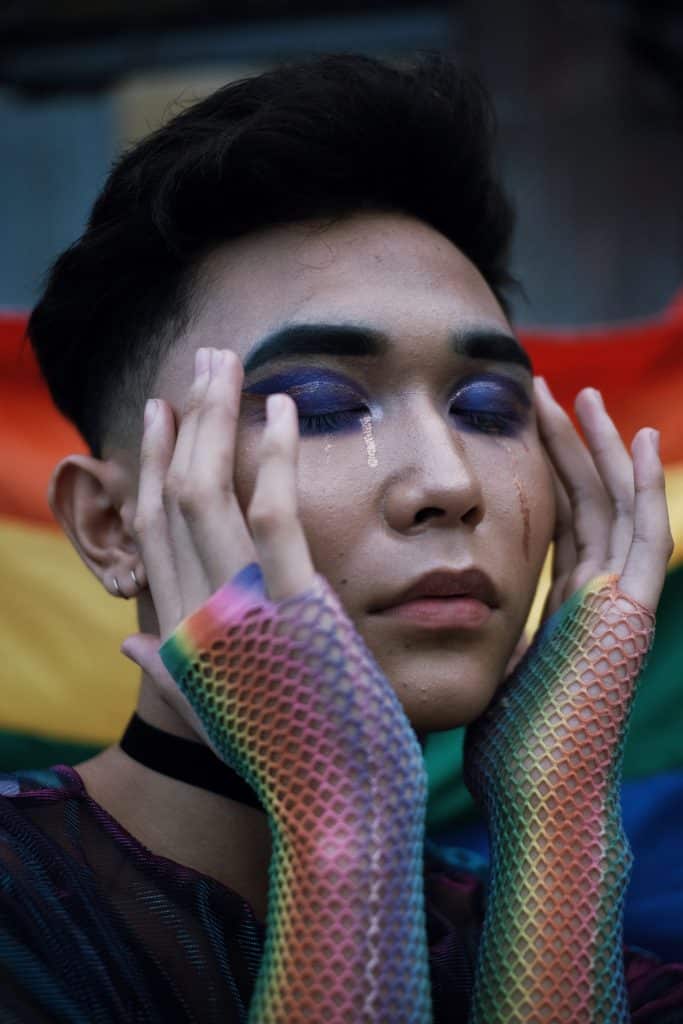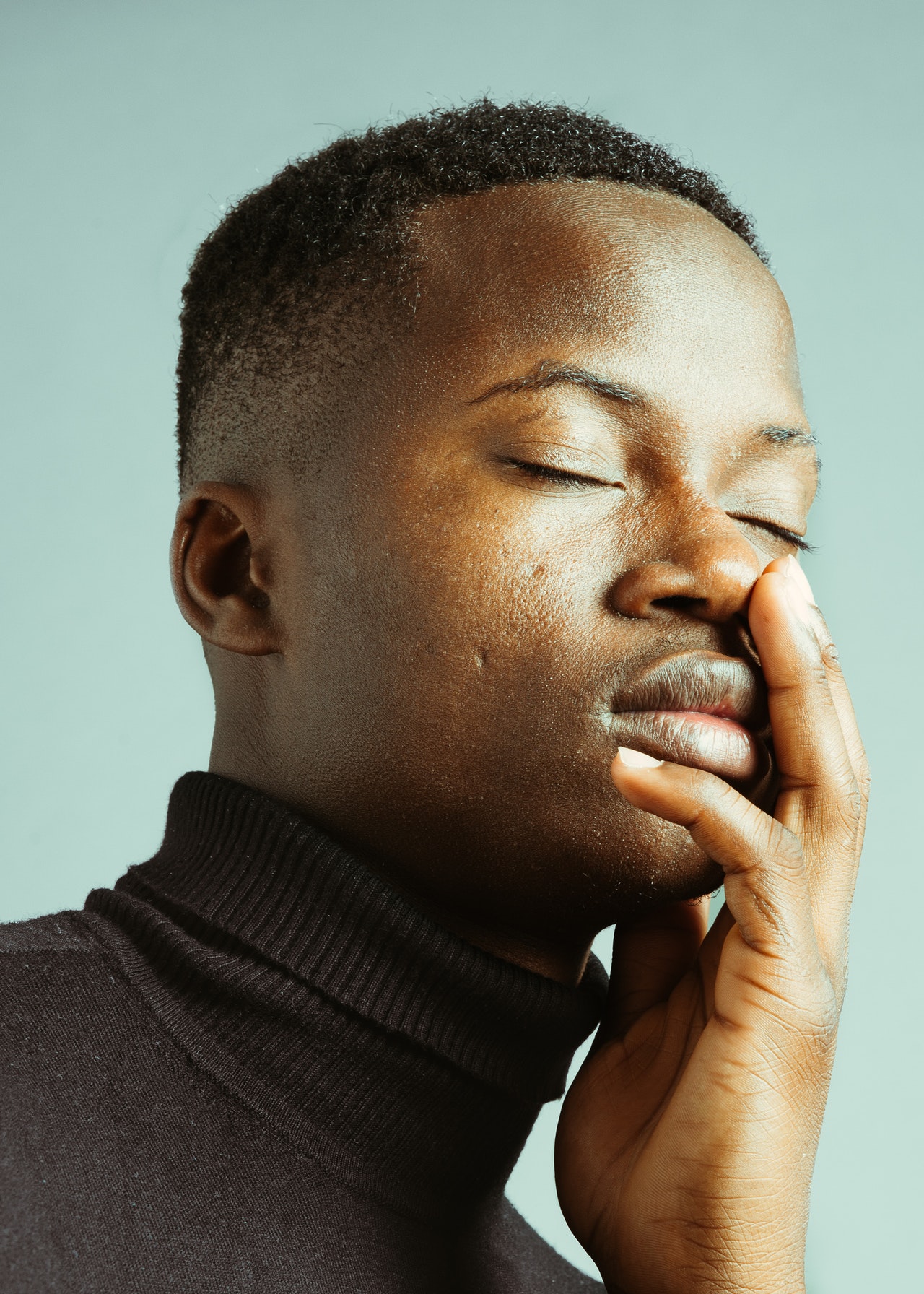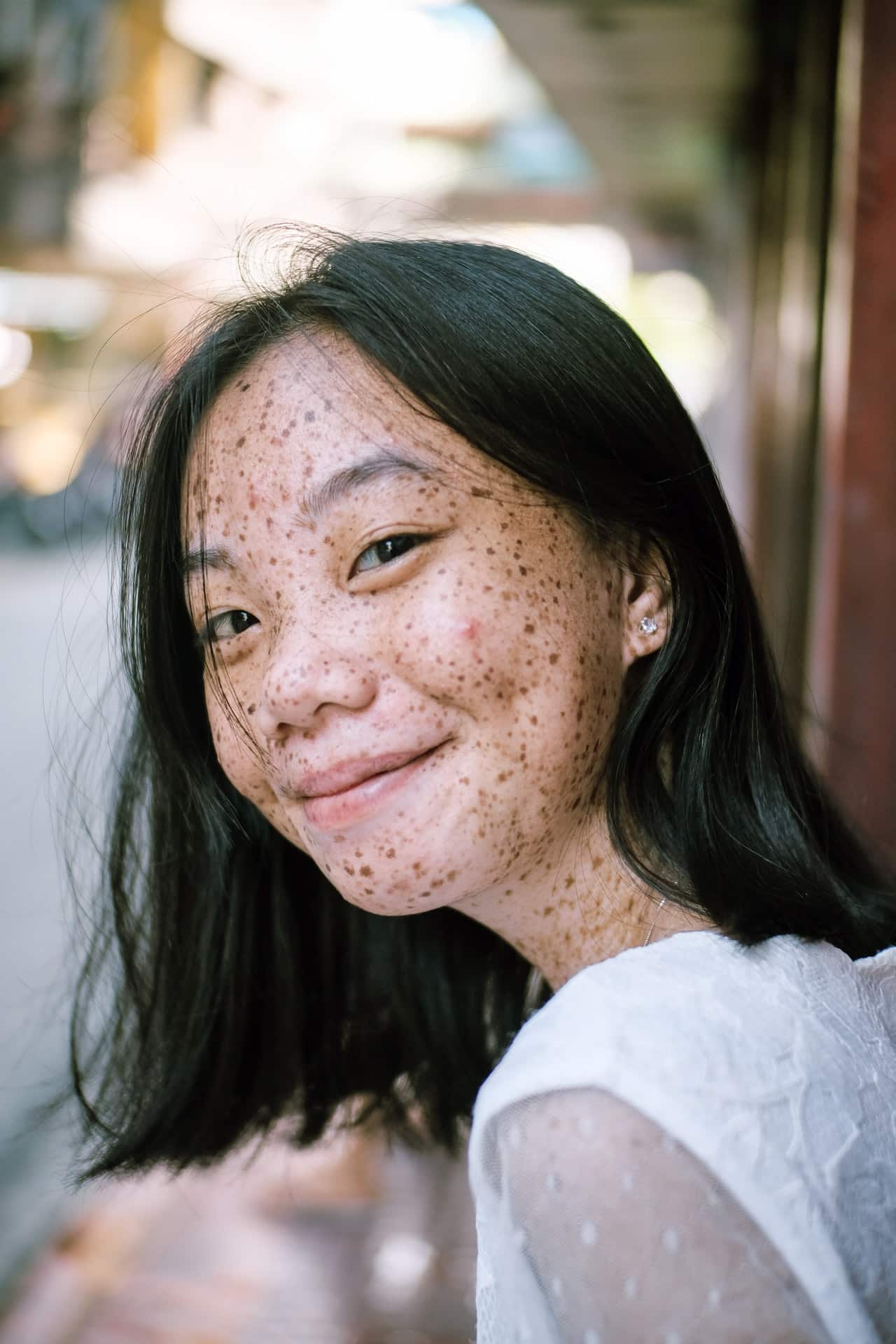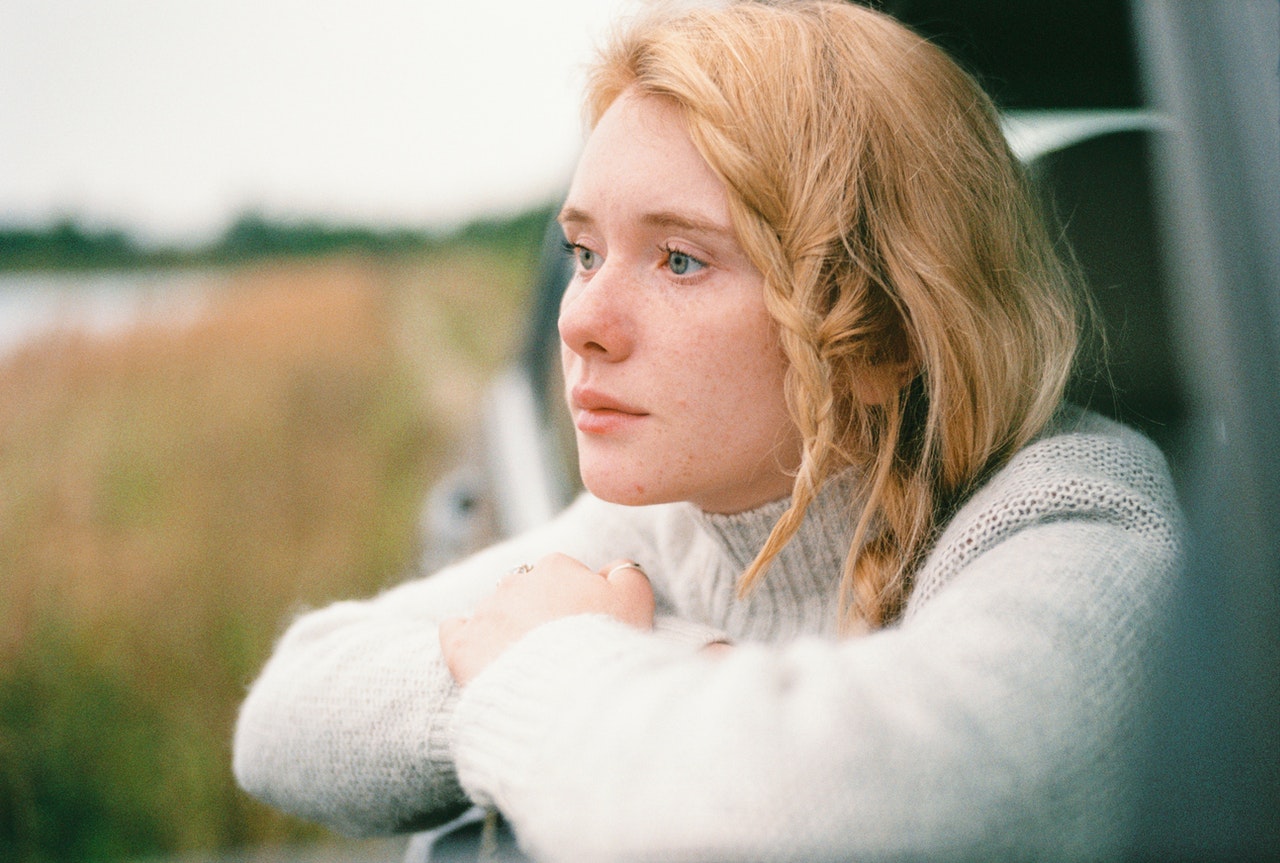When starting your career as a portrait photographer, it’s a good idea to think about the different types of portrait photography and to determine which you’re most interested in pursuing professionally. There’s no rule that says you can’t dabble in all the different kinds, but when it comes to putting together a portrait photography portfolio, focusing on just one or a few types will help you cultivate a distinct look and specialty that you can become associated with.
Traditional portraiture is what most likely comes to mind when you think of the term “portrait photography”. Traditional portraits adhere to the basic rules of composition such as the rule of thirds when framing the subject, make use of studio backgrounds and lighting for a clean, professional look, and involve the subject looking into the camera and typically smiling.
This is a professional, timeless, and universally flattering approach to portraiture thanks to the strategic use of lighting, angles, and posing.
Lifestyle portrait photography takes a more casual approach than traditional portraits. Rather than being shot in a studio, lifestyle portraits are typically shot in a real world environment and more closely resemble real life. They may still make use of professional lighting setups, but the style is natural and realistic.
Subjects may be directed but aren’t posed. Instead of being told to look up at a certain angle or move their chin a certain way, they might be asked to walk from point A to point B or to interact with each other if there is more than one person being photographed
Headshots are a subset of portrait photography that is most associated with actors and other performers. They are more like traditional portraits in that they are typically shot in-studio with professional lighting, but they are more tightly framed than traditional portraits. While a portrait will usually include the head and shoulders, a headshot only includes the head.
Since these are often used by performers to submit to agencies or job postings, they do usually involve some makeup and styling.
Conceptual portraiture starts with a concept and then uses portraiture to convey the concept. It can be more whimsical and imaginative than other kinds of portrait photography and may involve interesting manipulations and Photoshop edits to further convey the concept. This type of portraiture often overlaps with fine art photography.
Environmental portraiture falls somewhere between traditional portraits and lifestyle portraits. The subjects may be a little more posed, but the environment or surroundings are an important part of the shot as well. These images are taken in real life settings, or in studios that are set up to look like real places, rather than against a backdrop. They can be taken either indoors or outdoors, and may be artificially or naturally lit.
Just as the name implies, there is no posing involved in candid portrait photography. Candid portraits may be taken at events, on the street, or even in the middle of a photoshoot in between more posed shots. These portraits can be very powerful because the subject usually has their guard down in a way that is rare when they’re more conscious of the fact that they’re being photographed.
There can be some overlap between candid portrait photography and street portrait photography, but street portraiture doesn’t necessarily have to be candid. A street portrait photographer may candidly snap portraits of passers by, but another common approach is to stop people who have something interesting about their look and to ask to take their portrait.
The original selfie, self portraits can be as casual or complex as the photographer intends. You can create a studio set up to take traditional portraits, go conceptual, or take your portraits in a more fine art direction. Because the photographer and subject are one and the same, self portraits can often have a raw and compelling quality due to the fact that there is nobody else there to make you camera-shy.
Glamor or beauty portraiture can range from bright and poppy to moody and sensual, and involves styling the subject with hair and makeup to create a glamorous effect. The subject can be directed with a more traditional or lifestyle approach, depending on the desired final image. These shots are often used in beauty, makeup, or fashion ads or editorial spreads.
Most of the types of portrait photography we’ve looked at so far range from tightly cropped, like headshots, to the standard head and shoulders framing of a traditional portrait, to compositions that include some or all of the body. In close up portrait photography, the subject is framed even more closely, typically focusing on a single feature. For example, the photo may include just their eyes or their lips. This type of shot can look artistic or sensual, depending on the approach.
Boudoir portraits feature the subject in lingerie or nude, and are are typically sensual or erotic in style. Some photographers specialize only in boudoir sessions, since these prints can be popular gifts for romantic partners, add-ons to wedding photography or a gift to oneself to commemorate a time when they felt attractive and confident. Boudoir photography is about empowerment and giving the subject space to celebrate their body in a way they haven’t necessarily done before. It’s about helping them feel comfortable and connect with their own beauty.
Family or group photography can involve couples, immediate families, extended families, or any other grouping of people. Family photography is popular year round, but is especially in demand around holidays and in the summer when people want to capture and commemorate their special moments. There are some unique challenges to this type of portrait photography, since it’s more difficult to get a whole group to look good in a single image. These are often lifestyle or candid images, though posed, traditional portraits are common too.



